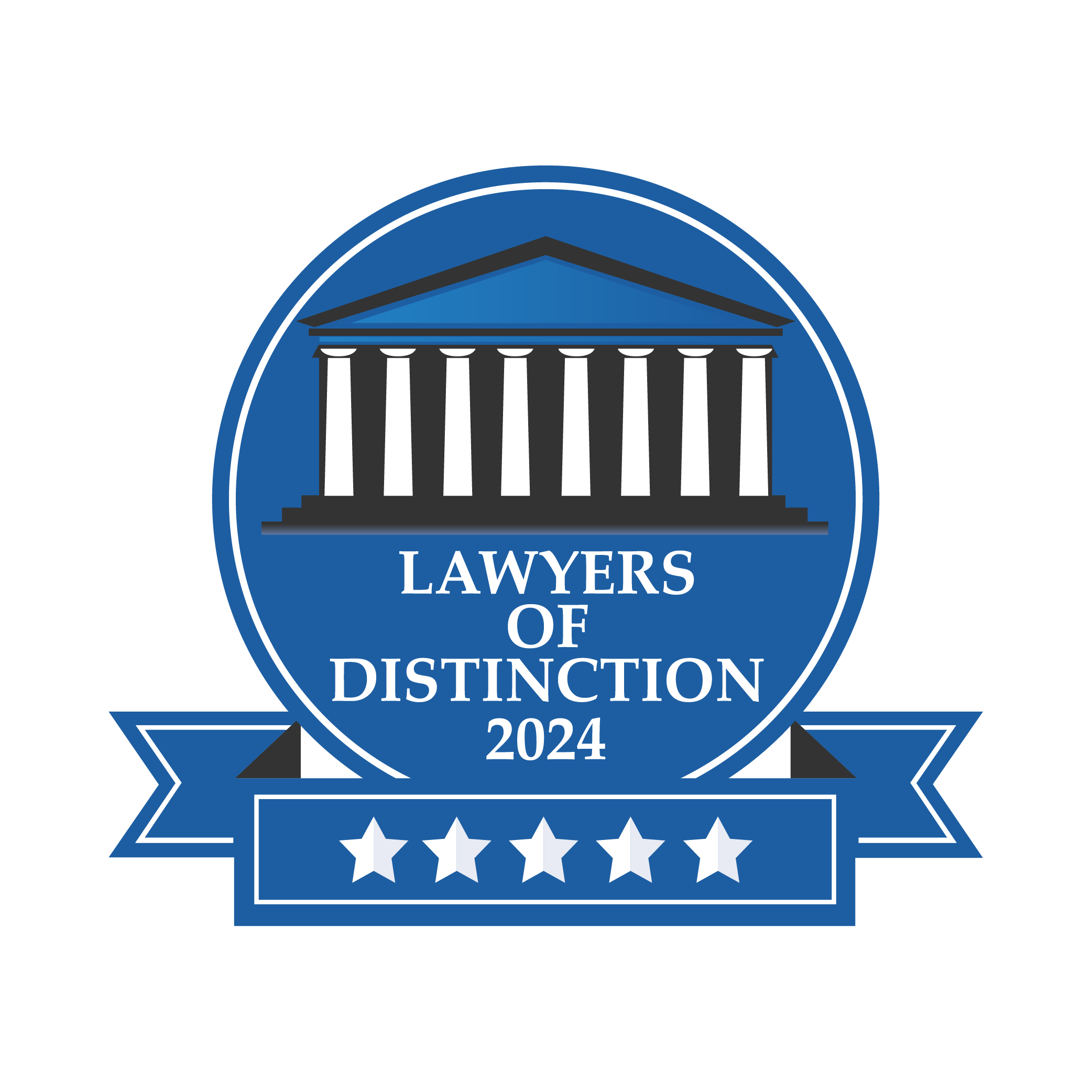Our Blog
How Much is my Las Vegas Car Accident Worth?
Car accidents are a daily reality on Las Vegas roads, often leaving people with injuries, property damage, and a lot of annoying paperwork to fill out and phone calls to make. Knowing what your car accident claim is really worth is crucial if you want to get the compensation you need for medical expenses,…
How Long Will My Las Vegas Car Accident Case Take?
Car accidents are a frequent occurrence on the busy streets of Las Vegas, often resulting in serious physical, emotional, and financial stress for those involved. One of the most common questions people have after a collision is how long it will take to resolve their car accident case. Speaking with a Las Vegas car…
Driving Laws for Senior Citizens in Nevada
As senior citizens represent a growing segment of the driving population, it is essential to ensure that they maintain safe driving practices for the overall safety of the community. In Nevada, specific driving laws and guidelines are implemented to accommodate the needs of senior drivers while prioritizing road safety. It’s important to keep the…
Nevada Move Over Laws
Move Over Laws are designed to protect emergency responders, tow truck operators, those who have been involved in car accidents, and others who may be on the side of the road by requiring drivers to change lanes or slow down when approaching. These laws not only enhance the safety of individuals providing critical roadside…
Insurance Claims: First-Party vs Third-Party
Navigating the intricacies of insurance claims is crucial for personal injury victims seeking compensation. Understanding the differences between first-party and third-party insurance claims can significantly impact the outcome of a claim and the amount of compensation received. This knowledge is pivotal in ensuring that victims are adequately compensated for their injuries and losses. Contact…

